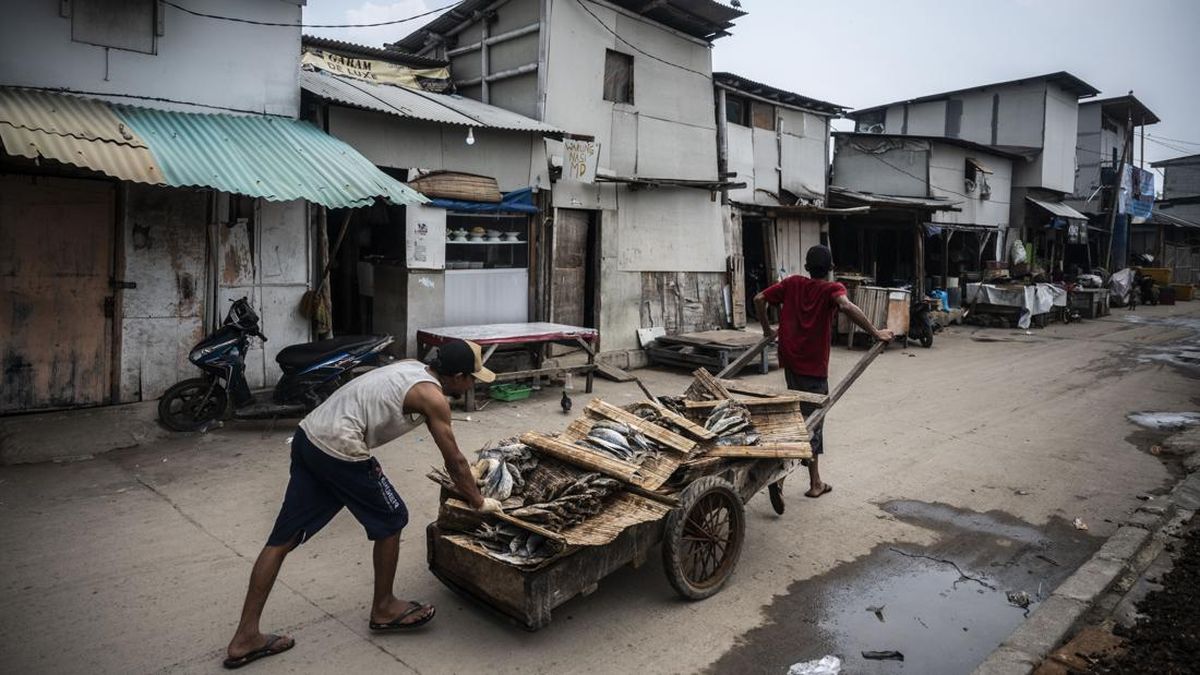Java Island poverty concentration remains Indonesia’s most daunting social issue. According to Statistics Indonesia (BPS) data from September 2024, Java Island is home to 12.62 million poor people, representing 52.45 % of the total 24.06 million people living in poverty nationwide. Given that Java accounts for approximately 55.84 % of Indonesia’s population, this high absolute number is unsurprising—but still deeply concerning.
Why Java Has the Most Poor Residents
The Java Island poverty concentration is largely due to demographics. Because Java holds the greatest share of Indonesia’s population, it naturally bears the highest number of poor individuals—even if its poverty rate (8.05 %) is below the national average of 8.57 %. In fact:
- Java poverty rate: 8.05 %
- National poverty rate: 8.57 %
- Papua Mountains poverty rate: up to 29.66 %
Provincial Breakdown: Top Contributors in Java
Within Java, Central Java, West Java, and East Java contribute most to the Java Island poverty concentration:
- East Java: ~3.89 million poor
- West Java: ~3.66 million
- Central Java: ~3.39 million
Java’s high population and urban pressures drive this concentrated poverty.
Trends and Recent Changes
Between March and September 2024, Indonesia’s total poor population decreased by around 1.16 million, from 25.22 to 24.06 million. In Java, poverty rate declined from 8.48 % to 8.05 %, dropping 0.43 percentage points. Despite this improvement, Java still hosts the largest absolute number of poor people.
Government Strategy: Focus on Empowerment
In response to high poverty concentration, the Indonesian government is shifting from mere social assistance toward long‑term community empowerment and socioeconomic development programs in Java and other affected areas. Minister of Social Affairs Saifullah Yusuf emphasized this approach during recent meetings in East Java. This includes leveraging local potential rather than only providing temporary aid.
The Bigger Picture of Java Island Poverty Concentration
Despite having a lower poverty rate, Java’s large population means any reduction in percentage translates into significant absolute declines nationwide. Java’s dominance in poverty statistics also highlights structural inequality—urban overcrowding, infrastructure strain, and unequal development compared to other islands.
Drawing Lessons from Java’s Poverty Profile
The Java Island poverty concentration underscores several crucial policy challenges:
- Population density amplifies absolute poverty counts even with modest rates.
- Development gaps exist—rural and urban Java still suffer infrastructure deficits.
- Regional imbalance—other islands (like Papua) have higher rates but lower absolute numbers.
- Empowerment over assistance—focus on skills, micro‑enterprises, rural income generation.
Conclusion: Java Still Leads in Number of Poor People
While Java’s poverty rate is below the national average, its immense population ensures it still has the largest share of poor residents in Indonesia—around 12.62 million people as of September 2024. Java’s large absolute poverty numbers reinforce the need for targeted, structural empowerment policies rather than just short‑term relief.



